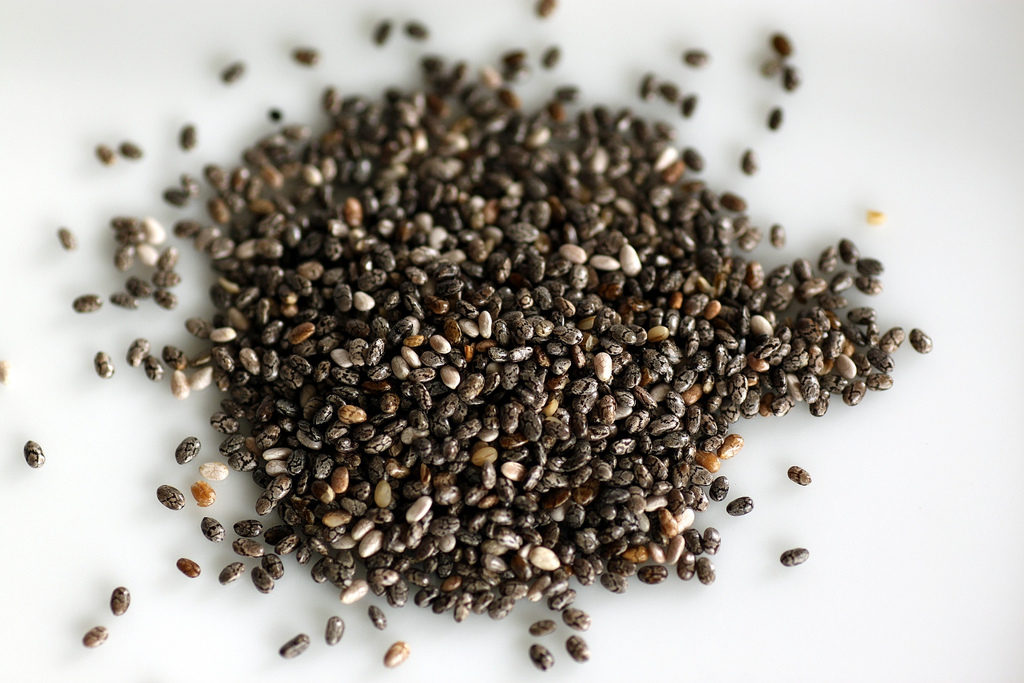Even though dietary fats may not be demonized quite as much as they used to be, there’s still a lot of confusion around which ones are good, which ones are bad, and which ones we may not be getting enough of.
I recently wrote a guest post for Stephanie McKercher, RDN of the Grateful Grazer about omega-3 fatty acids and how to meet your needs.
Omega-3’s are a polyunsaturated fatty acid key to many body processes. They make up part of the cell membrane and are involved in the functioning of the cell receptors in those membranes. They’ve also been shown to play a role in genetic function, and hormone production, as well as in blood clotting, contraction of artery walls, and inflammation. Because inflammation is linked to many diseases and ailments, omega-3’s have been touted for their role in the prevention and management of many conditions.
There are three main types:
- EICOSAPENTAENOIC ACID (EPA) : associated with reduced inflammation and decreased symptoms of depression
- DOCOSAHEXAENOIC ACID (DHA): important for normal brain development and proper brain function.
- ALPHA-LINOLENIC ACID (ALA): A plant-based form that may be converted to EPA and DHA in the body, though gram for gram, you may need more
There are a variety of animal and plant-based sources of omega-3 fatty acids, such as:
- Fatty fish (tuna, salmon, sardines, mackerel, trout, etc)
- Shellfish( oysters, crab, shrimp, etc)
- Fish oil (cod liver oil, krill oil, etc)
- Vegetable oils (ex: Canola oil, soy oil)
- Nuts (especially walnuts)
- Flax seeds and flaxseed oil
- Chia seeds
- Leafy vegetables like spinach, Chinese broccoli, and cauliflower
- Grass-fed meat (lamb, beef, etc)
While supplements are available (this one is my particular favorite), it’s easy to meet your needs through food. Hop on over to Steph’s site for the full article and tips for how to fit omega-3s into your day.
What are your favorite omega-3 foods?
***This post may contain affiliate links
